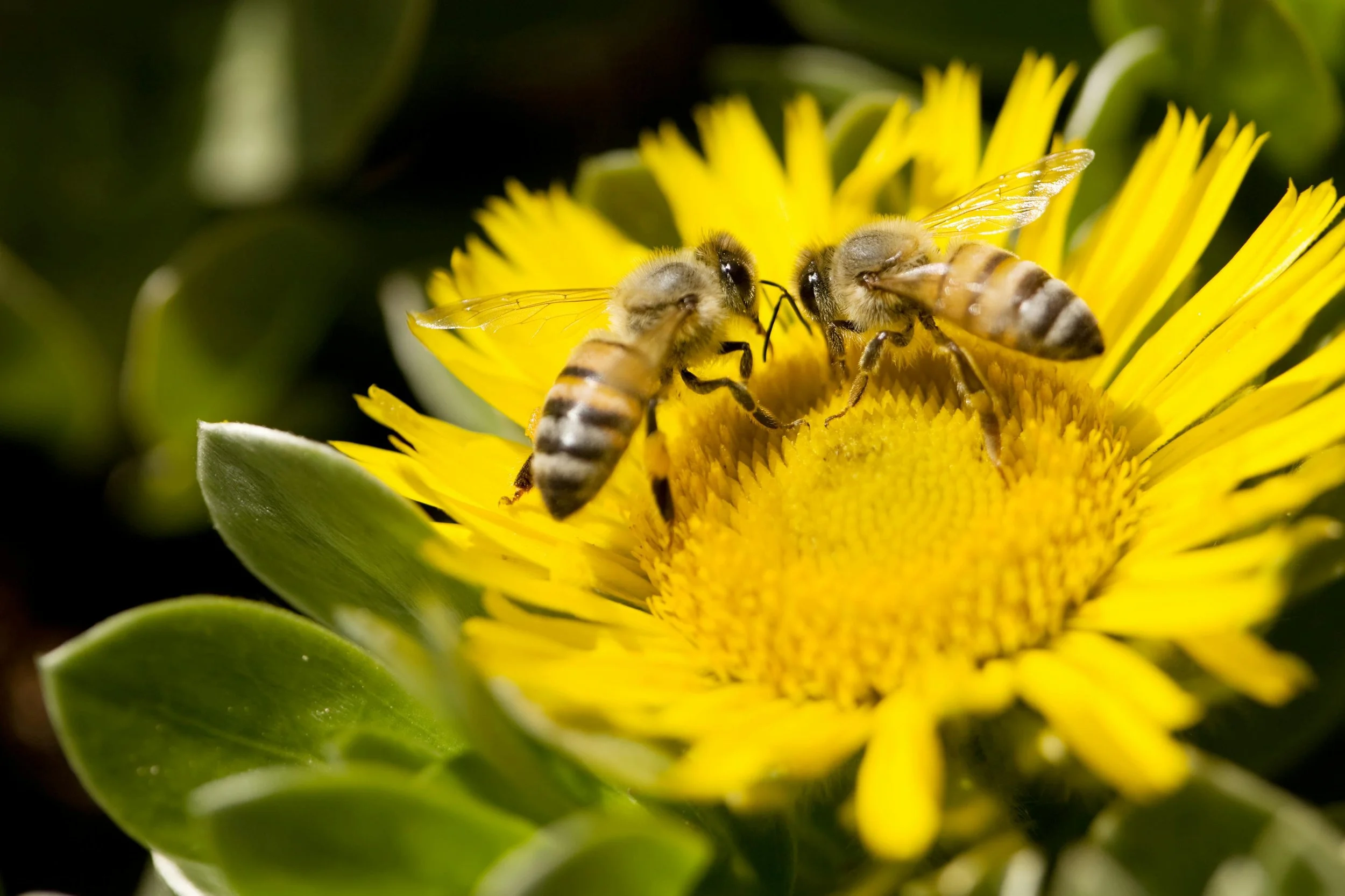American Crocodiles: Dangerous or Endangered?
Tamar Grobman is a Junior at Scheck Hillel Community Day School in Miami, Florida.
With their sharp teeth and potential to grow up to 20 feet and weigh between 500-1000 pounds, American crocodiles are often perceived as cold-hearted predators constantly on the hunt for their next meal. However, such misconceptions undermine the significance of a harrowing truth — American crocodiles are in danger.
While the American crocodile population has increased since being classified as an endangered species in 1975, these animals continue to face a variety of threats that delay their recovery process. With crocodiles now classified as a threatened species in the state of Florida, specialists from organizations such as the Florida Fish and Wildlife Conservation Commission (FWC) are giving their all to ensure that these threats are reduced to a minimum.
“Presently, poaching and habitat destruction are the main threats to the crocodile population. It is illegal to hunt crocodiles in the U.S.; however, some poaching still occurs,” Lauren Claerbout, Public Information Coordinator at the FWC, wrote in an email. “Crocodile nests also face threats of predation from raccoons, birds, and crabs. Other threats include vehicle strikes, diseases, and hurricanes.”
Photo courtesy pexels.com
Claerbout added that in addition to the rising number of American crocodiles in Florida, one reason for an increase in crocodile sightings is the “growing number of people moving to or spending time on or near Florida’s waters.” Thus, in an attempt to promote peaceful coexistence between humans and crocodiles and encourage land management in a way that protects crocodile populations, the FWC has launched a study that uses satellite data to study how human activity has impacted the lives of crocodiles living near urban areas.
Moreover, according to a study conducted on South Florida residents in 2021, respondents’ perception of crocodiles seemed to be shaped by the extent to which they were educated on the subject of crocodiles. The study reported that individuals who saw less risk in coexisting with crocodiles tended to show a greater knowledge of crocodiles and trust in wildlife conservation organizations when compared to those who saw more risk in an increase in crocodile populations.
The FWC has implemented a Crocodile Response Program to educate the public on crocodile behaviors so that they are able to “reduce the chances of conflicts with crocodiles,” Claerbout wrote. According to Claerbout, the Crocodile Response Program advises citizens to “keep pets on a leash and keep small children away from the water’s edge,” swim only in “designated swimming areas during daylight hours,” and refrain from feeding crocodiles in order to prevent them from “losing their natural wariness of people.”
Claerbout further noted that “American crocodiles are very wary of people, and as a result, conflicts between them and people are extremely rare in Florida, with only two bite incidents ever having been documented in the state.” While American crocodiles are capable of feeding on anything that they are able to physically overpower, their diet primarily consists of fish, crabs, snakes, and other smaller mammals and reptiles, and they are not known to actively hunt humans unless provoked. In fact, many of their self-regulating behaviors are frequently misinterpreted by people as aggressive. One example of a mischaracterized behavior, Claerbout wrote, is “gaping.”
“American crocodiles often sun with their mouths open, which people often misinterpret as a sign of aggression,” she explained. “This is called ‘gaping,’ and it helps crocodiles regulate their body temperature.”
Photo of a “gaping” crocodile, taken by the author in her neighborhood in South Florida.
As part of their attempts to advance crocodile conservation, experts have raised concerns surrounding the relocation of crocodiles to locations such as state parks. Relocation occurs typically after a crocodile is considered a threat by local communities. While beneficial to people, experts are concerned about how relocation negatively impacts crocodiles due to the fact that they tend to return back to their original habitats after being captured. As a result, they are at risk of facing many obstacles during their journey that pose dangers to their safety.
“The concern with the relocation/translocation of crocodiles is that there is an increased risk of mortality due to handling stressors and displacement from their established territory,” Claerbout wrote. “There is an increased risk of the crocodile coming into contact with terrestrial and marine vehicles, as well as dangers that come with passing through the territories of other crocodiles.”
The revival of the American crocodile population in both Florida and other sites across the globe is far from complete. However, as the number of recorded American crocodiles begins to rise — especially in urban and residential areas such as South Florida — experts suggest that it is of the utmost importance that conservation efforts remain mindful of the safety of both the public and the recovering crocodile population.
American Crocodiles: Dangerous Or Endangered? © 2025 by Youth Environmental Press Team is licensed under CC BY-NC-ND 4.0. To view a copy of this license, visithttps://creativecommons.org/licenses/by-nc-nd/4.0/





